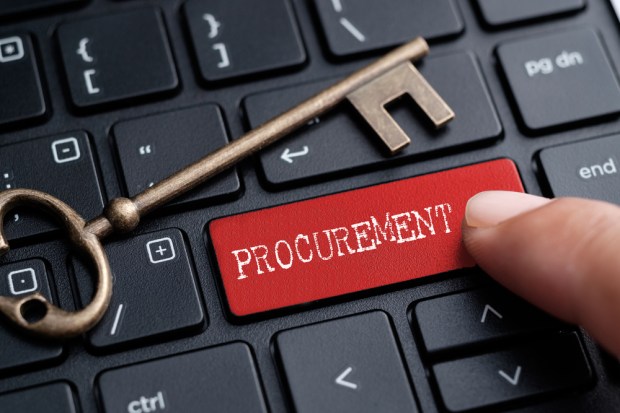LevaData Eyes Procurement’s Slow March Toward Data Analytics

Enterprise digitization is beginning to see a troubling trend. While executives may understand the importance of key technologies like data analytics, artificial intelligence (AI) and machine learning (ML) to improve their processes, they don’t always turn that understanding into actionable adoption of those tools.
Goldman Sachs recently attributed this trend to organizations that struggle when confronting the realities of digitization: costs, failure to convince upper management of the need to adopt new tools, and an overall reluctance against change.
“While we remain bullish on the overall public cloud opportunity, we see an increasing number of companies confronting the realities and challenges of migrating workloads and re-platforming apps,” Goldman Sachs concluded in a report released in July.
Separate data from Forrester Research, also cited in Goldman Sachs’ analysis, similarly found data security, integration challenges and costs to be top hurdles to digitization. Failing to overcome those hurdles holds back corporate finance operations from progressing toward greater efficiency, transparency and performance improvements, from accounting to treasury. Now, new research suggests that the digitization hurdle is also holding back the procurement function.
LevaData‘s 2018 Cognitive Sourcing Survey found procurement officials are relatively well-versed on the potential that a data-driven approach to sourcing and procurement has on efficiencies and cost savings. To analyze how procurement executives are acting on that understanding, LevaData surveyed senior executives that account for a combined $420 billion in annual direct material spending.
Unsurprisingly, the vast majority of survey respondents — 87 percent — agreed that a data-driven approach to sourcing and procurement is a critical component of driving value in the enterprise. They attribute data analytics to heightened efficiency and reduced costs. However, while LevaData analysis suggests a gradual increase in professionals who are making progress to digitally transform their procurement operations, that progress remains slow.
“People know that digital disruption in the supply chain is already under way,” said LevaData CEO and Founder Rajesh Kalidindi in a statement announcing the report. “Given this, we were greatly surprised to learn how many procurement managers are still using outmoded management tools.”
Best-in-class organizations were found to use integrated market intelligence technologies that offer a broader view of their supplier base, whereas the rest of the businesses analyzed simply gather information from direct supplier relationships. Only 8 percent of survey respondents are using third-party technology solutions.
While 58 percent are using some type of risk analysis that deploys AI, LevaData found 64 percent continue to use spreadsheets or tools that rely only on internal data-gathering to provide market intelligence. Less than 10 percent are gathering data from four or more sources and, according to Kalidindi, it means most companies are missing a major opportunity.
“A world-class sourcing and procurement organization could examine at least 1.5 million data points affecting the supply chain, which is more data than any individual could possibly digest and respond to strategically,” Kalidindi added. “As more companies implement AI-powered strategic sourcing technologies, those that don’t will find themselves at a crippling disadvantage.”
There may be one caveat to the conclusions drawn from the research, however: Separate analysis released by Wax Digital and Sapio Research earlier this year found that, even for procurement professionals embracing technology, some of the tools adopted fall short of expectations.
“If the wrong technology choice is made or the conditions for implementation are not carefully planned, organizations may only achieve some of the potential benefits,” said Wax Digital Director Daniel Ball in a statement at the time.
The report, which surveyed 200 U.K. senior procurement professionals, found one-third were unable to achieve more accurate procurement processes, while limited impact on cost savings, spend reduction and spend visibility were also key issues for procurement teams that adopted new eProcurement technologies.
